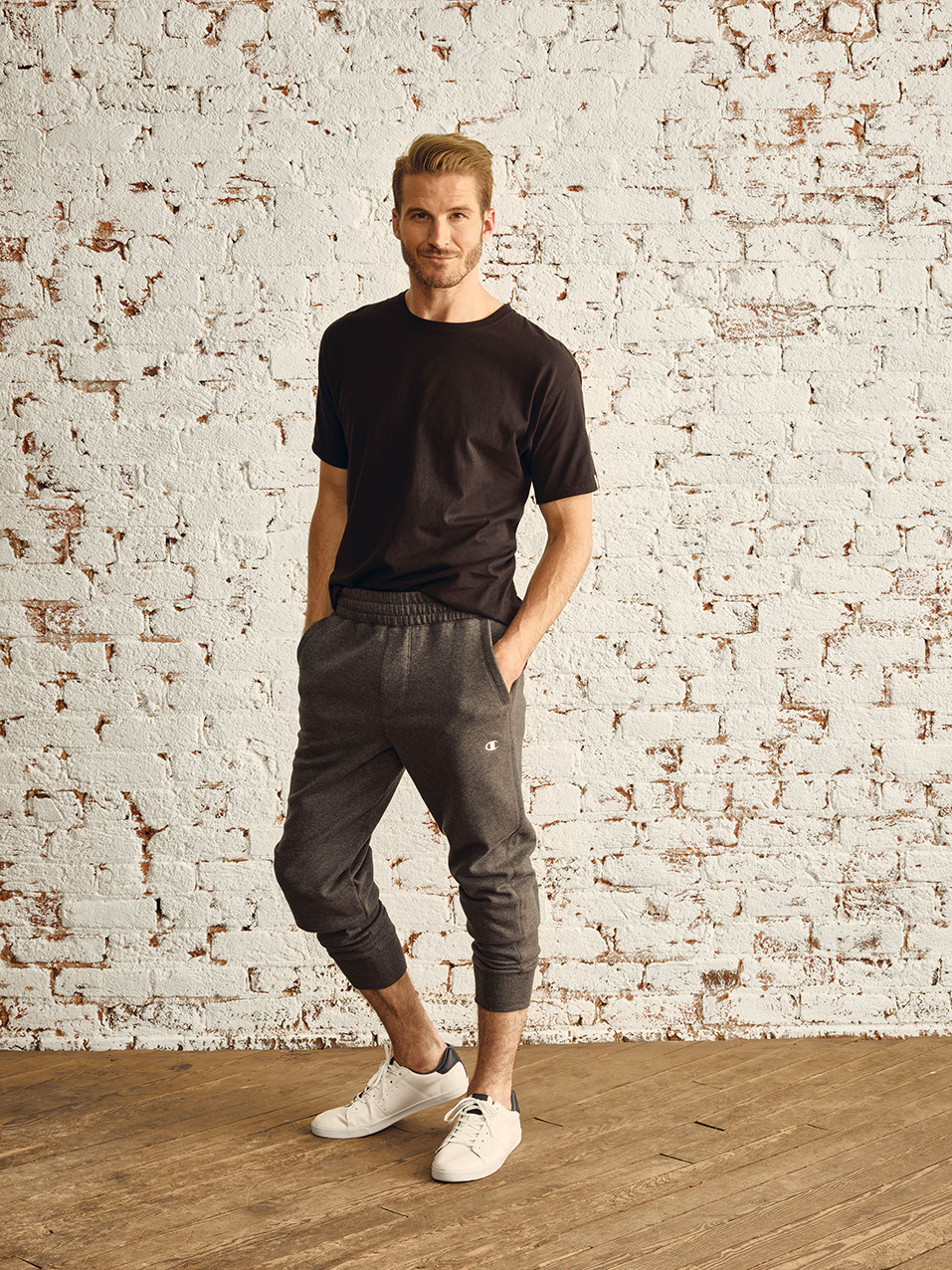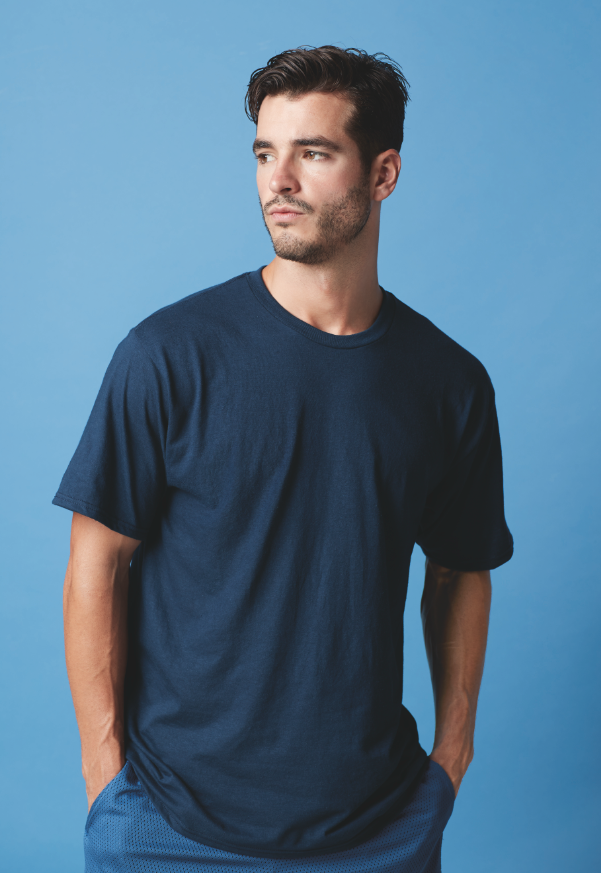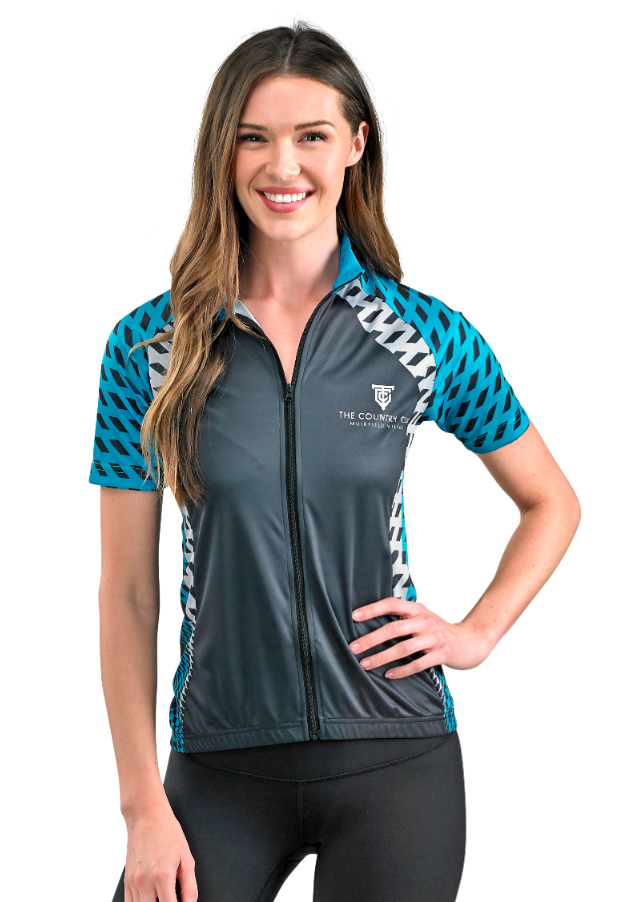Ten years ago, if you wore sweatpants and a racerback tank in public, friends would ask if you were headed to the gym. Then, you would have to shamefully say you were actually heading to Chipotle to scarf down a burrito, which was usually met with a judgmental head nod. Flash forward to 2019, and athletic and performance apparel is a streetwear staple, with more and more people ditching their denim pieces for tapered joggers and
moisture-wicking crop tops. With the athletic and performance category continuing to blur the lines between workout gear and everyday wear, the promo apparel options are expanding as well.
To help guide you through the shift, we spoke to Eric Simsolo, business development for Next Level Apparel, Gardena, Calif.; Mary Bostwick, director of marketing for Delta Apparel, Duluth, Ga.; Marcus Davis, product development manager for Hanesbrands Branded Printwear, Winston-Salem, N.C.; and Jamie Allen, marketing director for HTT Headwear, Murrieta, Calif., about how you can take advantage of the growing movement to improve your promotional sales numbers.
1. Bow down to athleisure
Like we mentioned above, the intersection of lifestyle apparel and athletic clothing has taken over the performance market. This type of apparel has come to be referred to as “athleisure” apparel, and if you’re not designing promotional athletic apparel with this trend in mind, you’re behind.
“Workout clothes have to now be functional in a casual, everyday setting as much in the gym,” said Simsolo. “In reverse to that, you see jeans, leather jackets and polos being switched out for tailored sweats, hoodies and so forth. Because of this, people want clothes that have the perfect combination of form, function and fashion.”
Davis agreed that athleisure’s dominance cannot be overstated, and as a result, new retro styles are popping up. “Crossover between athletic apparel and lifestyle apparel goes both ways,” he said. “Athletic wear looks more like lifestyle apparel. Lifestyle apparel performs more like athletic wear. The same retro and varsity styles you see at retail are showing up in performance wear. Classic silhouettes like ringer tees and baseball tees are style favorites.”
Davis also revealed that the ability to layer is very important for athleisure, so end-users can seamlessly go from sport to sport and from indoors to outdoors.

2. Seek out sustainable
Along with athleisure’s impact, eco-friendly and sustainability initiatives are also pushing the boundaries of athletic and performance apparel.
“Sustainability is becoming more and more relevant in athletic wear,” said Allen. “Even though this option has been around for years, the industry only slightly touched on it. With new, more affordable ways to make apparel from a sustainable product, suppliers are able to offer this now at a more affordable cost. We are in a time of awareness, and I believe the millennials are more or less taking action and making sustainability a priority in how they choose their athletic wear.”

3. Consider new fabrications and features
Aside from sustainable fabrications, end-users are looking for improved textures and features that can move with them all day. Bostwick gave us some insight into what that means for promotional performance gear.
“In the women’s market, there continues to be developments in retail brands, such as Lululemon and Athleta—brands that cater to the ‘athleisure’ styling are coming out with fabrics that look like streetwear fabrics with performance capabilities,” she said. “For men, the classics are still going strong, with the introduction of new textures and team colors.”
As for features, Bostwick discussed the necessities. “The focus really lies in moisture-wicking, and odor-resistant fabrics,” she said. “Again, [end-users want to be] able to wear their athletic apparel from day to night, [and they] want their athleisure to withstand the body’s response to everyday movement and athletic activity.”
Simsolo has observed some additional design features growing in popularity. He mentioned that athletic wear, in the traditional sense, conjures up images of shiny poly fabrics used in ’90s track pants, and jersey materials with holes in them.
“Now, the fabrics have become more technical, have different sheens to them, different textures in them, and some luxury retail athletic brands even have intricate stitching and laser-cut holes,” he explained. He also added that sublimation-friendly fabrics are critical for performance apparel, so that the garment can be decorated but won’t weigh the end-user down, especially during intense sweat-filled SoulCycle workouts.

4. Make the logo stand out
Speaking of decoration, our supplier sources all agreed distributors need to make their client’s logo the star when it comes to athletic apparel.
“Lightweight prints are best,” said Simsolo. “Whether it be sublimation, minimalistic heat transfers, or water-based silkscreens, you don’t want a design that wears down the garment, especially when working out.
“Play with color,” he advised. “The great thing about athleisure fabrics is their unique heathering designs. If you look at our Mock Twist [design], it is more in tune with TV static than a traditional heather. If you find the right color combination to compliment these distinctive patterns, the product will shine.”
Bostwick suggested distributors reference sneaker trends for color combinations with bright/contrast colors that work well together. She also said reflective inks provide additional safety to end-users, and they also make logos pop in public spaces.



